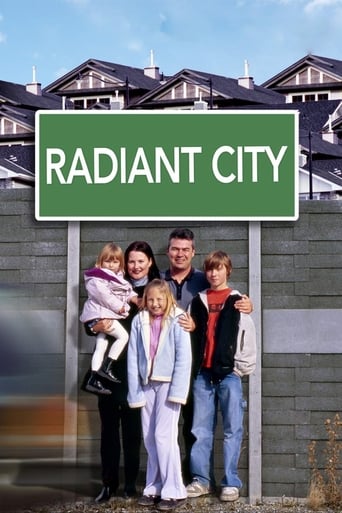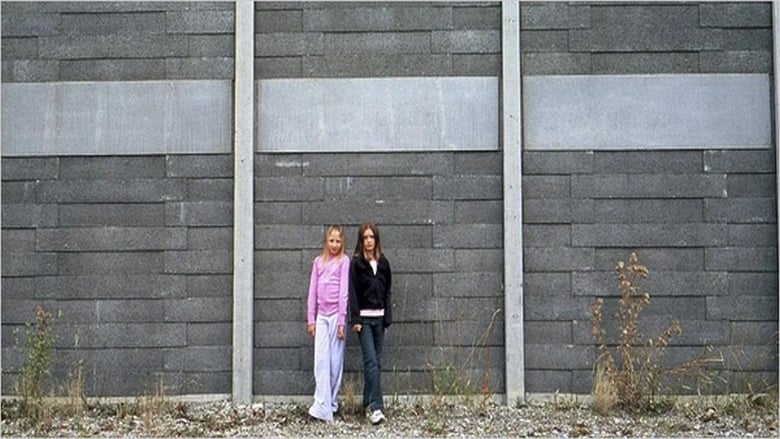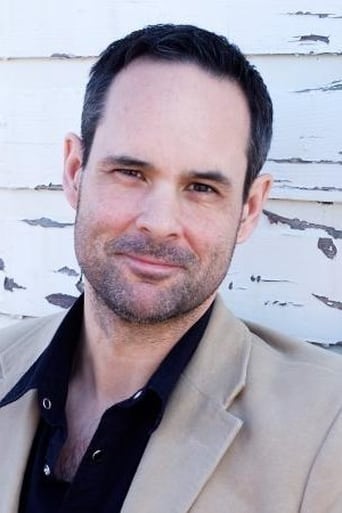Since the end of World War II, one of kind of urban residential development has dominate how cities in North America have grown, the suburbs. In these artificial neighborhoods, there is a sense of careless sprawl in an car dominated culture that ineffectually tries to create the more organically grown older communities. Interspersed with the comments of various experts about the nature of suburbia


Similar titles
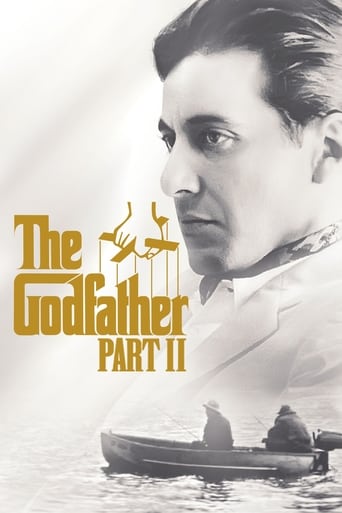
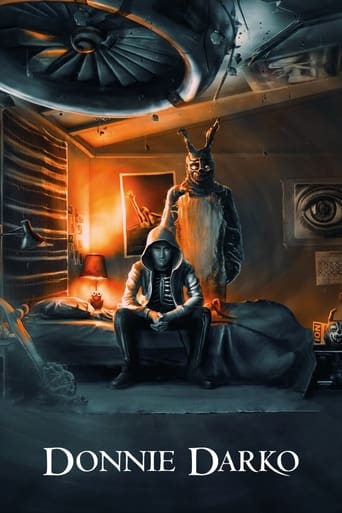

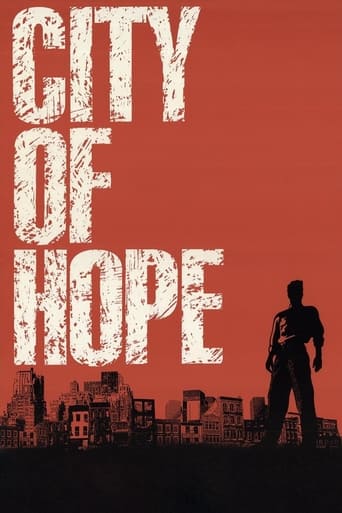
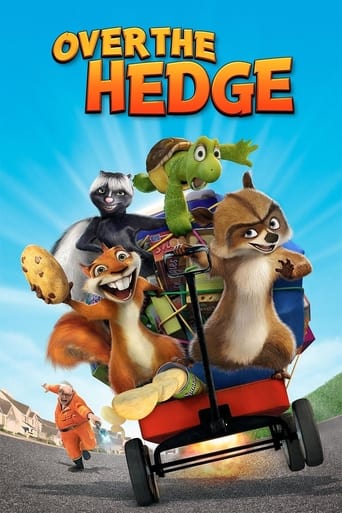

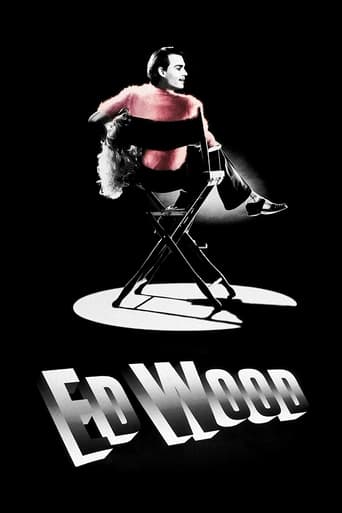

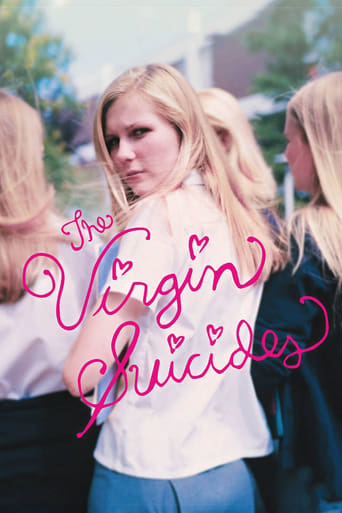
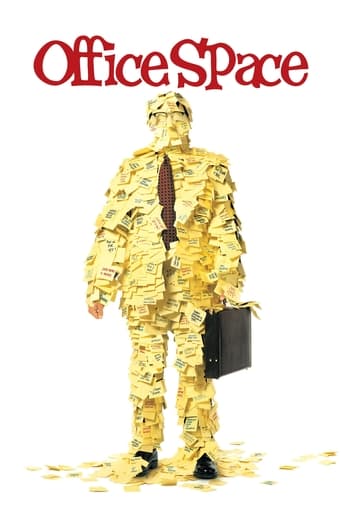
Reviews
Radiant City is about the need that people have to get out of the city to live the "suburb" life. And although this is something that some people desire, this documentary shows the downside of living in the suburbs, and tells the story of a family that is often not pleased with the decision that they made to move out to the suburbs. The story is mostly told by the Moss family. The Moss family includes a father, Evan, a son, Nick, a mother, Jane, and a daughter, Jennifer. Other characters include Ken and Karen. There are other speakers though, including author of The Long Emergency James Howard Kuntstler says that "most of what has been built in the last 50 years is brutal, depressing ugly, unhealthy and spiritually degrading". He goes on to explain that the office buildings, the parking lots and many residential neighborhoods. Evan, the father, explained that the family needed a bigger, new and cost effective house. This explains why they chose to move out of the city because you could not have all three of those things in a house. One argument is that living in the suburbs is that humans were meant to live together and are not able to do that when they are away from the city. Joseph Heath, co-author of The Rebel Sell, states that, "the most unhelpful idea is the thought that people who move to the suburbs are somehow brainwashed or that they have made a mistake or that they're the victims of advertising or something like that. That there's an error and after they've lived there for a couple of years they will realize, 'oh my god I've made this huge mistake!'" He explains that there are reasons to have a suburban home and that if there is an option for a large home with a reasonable price with access to countryside that people will choose to buy it. It showed the average size of a North American suburban home in the year 1950, 1970 and 2000, showing 800, 1500 and 2266 sq. ft. respectively. This shows that our need for space has expanded since 1950 and will continue to grow as long as the resources are there for us to continue doing so. The makers of this film are not necessarily saying that suburbia is bad. They are saying that the 1970's version of suburbia, where neighborhoods grew organically and had all the essentials within walking distance of the small street that one lived on, has been completely altered to allow the use of cars. The streets have gotten larger and louder, the homes have almost tripled in size and the current suburbia hardly resembled what it once was. They explain though, that a pull toward this type of living is the "power centers" where you can find anything and everything you and your family may need. These huge shopping centers allow you to go to one place to get everything that you would need. Nick has to take a 20 minute bus ride to get to school each day and says that "if you wanted to take your bike from my house you'd kind of have to find a more direct route and, well to be honest I haven't even tried yet." This shows that suburbia is in such a heavy need of automotive transpiration that many residents would not even attempt certain treks on a bike. Nick later explains that he liked the idea of moving at first but after it actually happens he started to regret it because he liked the old house and it's location. Evan explains that although he has a 2 hour drive to work everyday that allows him to have a little time to himself. He is able to listen to music and just "think about stuff". Suburbia has definitely seen an increase in driving. This can be shown by the fact that the average American spends 55 8-hour workdays driving. Marc Boutin, a working architect and professor of Architecture at the University of Calgary, says that the suburban model is a model of private space. He explains that you can wake up, get in your car, drive to work, take the elevator and walk to your cubical without having any human interaction. This private space adds to the intolerance of people.You can begin to sense some tension between the husband and wife about this moving thing. Evan is obviously not the biggest fan of the suburbs, whereas his wife, Jane felt this was the best thing for the family.Another major downside to suburbia is the walk-ability. Previous suburban housing would allow people to have places to walk with the walkways being made to walk on. There are also many places that are not safe to get to unless you get there in a car. This doesn't allow people to get to know that place that they live and gives no way to meet others. Another reason the use of the car is that to live in the suburbs you essentially need to have a car for each adult in order to survive in that area. One thing that the mother says is that unlike when she was a kid, there is a lot more structure now to what the kids are doing. Basically their entire day is structured so that they are unable to get themselves into trouble. In the end, the lesson to take from this documentary is that there are benefits to living in the suburbs and in the city. Although many planners lean toward the urban model of a city, that is not always the best option for people and their families. Though being within walking distance of most places in the city is a good option for some people, others do need their private, personal space that can be offered to them in the suburbs.
Yet another disjunctive 'documentary' about the 'horrible evils' of suburbia, even tho millions of people want to live there.One 'expert' says, James Howard Kunstler: "Eighty percent of everything ever built in North America has been built in the last 50 years. And most of it is brutal, ugly, depressing, unhealthy, and spiritually degrading." Um...he is talking about cities.Let see cities...crowding, rat like feelings, noise, pollution, crime, high cost of condos, poor schools, constant construction noise why would you ever leave?Oh, the burbs, nice yard, garage, garden, wholesome activities, clean environment, no noise, birds, squirrels, deer and a closer touch with nature, more bedrooms for kids, better schools, and no high rise Soviet style urban housing.If you think kids taking gymnastics is funny, try having them on the street shooting each other and lingering on corners selling drugs. How is that for your cityscape.In a funny ironic twist - this clone of other 'documentaries' is a carbon copy to the same worn out theory - suburbs bad, city good. Give me a break. And the same 'experts' with their pet theories on human behavior. Ever ride the subway in NYC? No one and I mean no one looks or talks to each other - they know better. They might get shot. So much for their bogus 'community theories' that are fantasy.
There's a surprise, 'trick' ending to this documentary, but it doesn't really matter. We are given a revealing close-up of life in suburbia, those densely populated, manufactured wastelands that may have been obsolete 20 years ago. The film was made in and around Calgary, Alberta, Canada, but, given the physical sameness of suburbia, it could have been made anywhere in Canada or the U.S. We see endless streets with almost identical homes, 'permanent' construction resembling war zones, no trees, no natural parks, no sidewalks, no people. But we DO see masses of vehicles, and super-duper shopping malls that have everything a human being will ever need in war or peace, feast or famine. The inner city evolved 'organically' (according to one observer in the film). Conversely, the suburbs are pre-packaged 'communities' where all buyers need is an ample wallet and at least two gas-guzzling vehicles (one MUST be an SUV, apparently). A sense of 'togetherness,' as generally understood, is artificially imposed or flat-out illusory. Like secreted apartment dwellers in big cities, single-family suburban dwellers often barely know their neighbours.Public transit, walking, cycling, etc. are simply non-starters when suburbanites live two hours from their jobs. According to the film, they spend an average of 55 DAYS (!!) a year on the roads, mostly commuting back and forth to work.(Late Note: In March 2008, 'Radiant City' won the Genie Award --often called Canada's version of the Academy Awards -- for best Canadian documentary film.)
I saw this movie this week-end at the True/False film festival in Columbia, MO. I'm a young architect and I spent a lot of time studying sprawl and the effects of sprawl while I was in school. This film was a satirical look at sprawl and the effect that is has not only on the appearance of our neighborhoods, but also of our family life. This film has commentaries from professionals that are highly regarded in the field. James Howard Kuntsler gives his opinions on sprawl. If you are familiar with his work, "Home from Nowhere" and "Geography from know where", this adds another level on his opinion of sprawl. It was absolutely hilarious. I would strongly recommend that if you get a chance to see this movie, you must take it!
